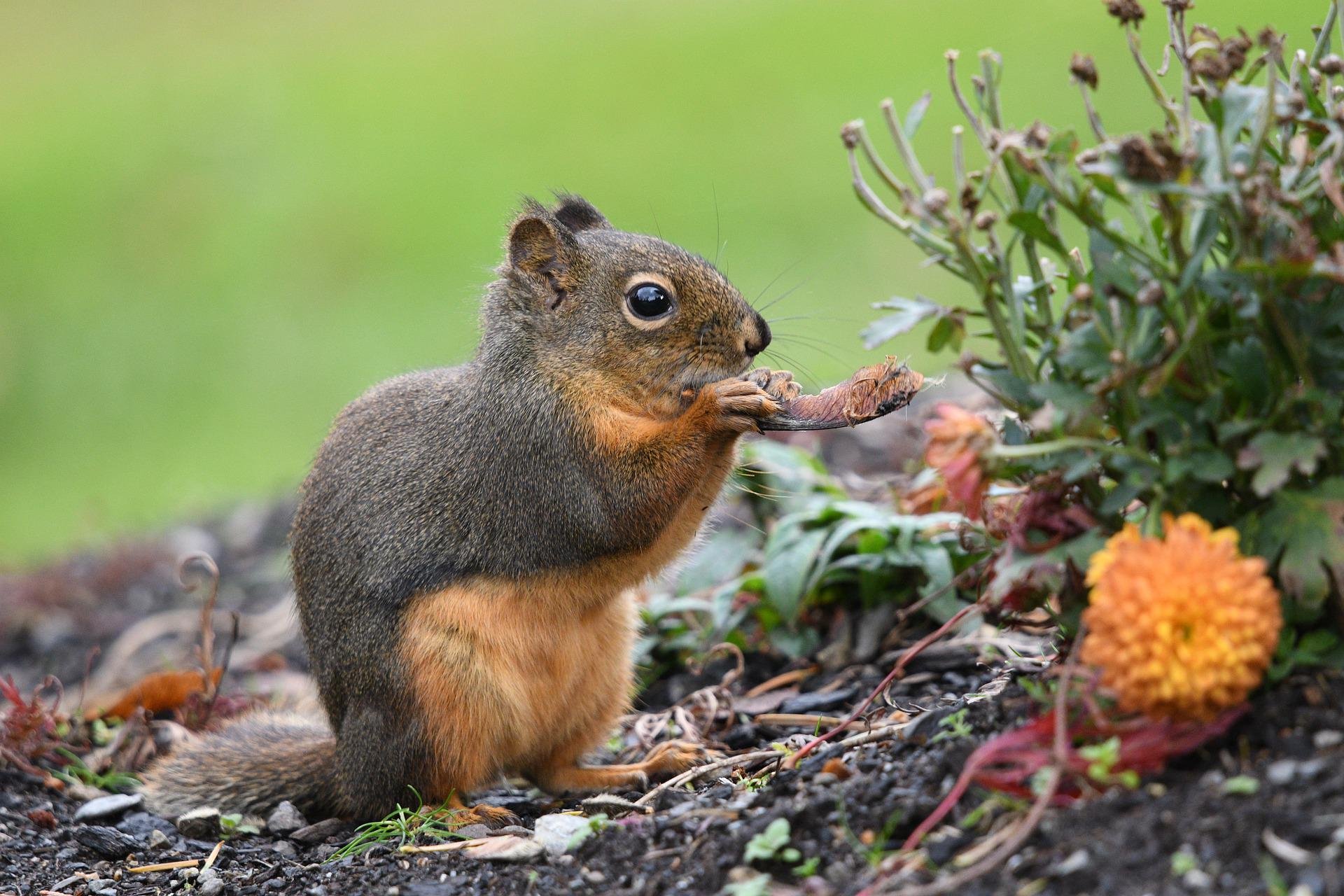By Karin Uphoff
As we suffer another unprecedented year of wild fires, there has been a rigorous push to cut and clear snags and other ‘dead wood’, however it is wise to remember that trees don’t die – they transform into important wildlife habitat. Some eighty-five species of North American birds excavate nesting holes, use cavities resulting from decay, or use holes created by other species in dead or deteriorating trees. Over half of those species may be encountered here in Northern California. Once abundant in our area, some of these year-round residents are becoming scarce, and lack of habitat along with competition by non-native starlings and house sparrows are top reasons.
The Northern Flicker has a beautiful dotted pattern, black collar and bright orange underparts; thus, its tail feathers are a lucky find. If you approach a tree cavity in summer that’s about three inches in diameter and sounds like bees inside, you may be hearing the flicker’s nestlings attempting to scare you away. Unlike other woodpeckers, the northern flicker will forage on the ground because it is a predator of underground ants, eating about a thousand a day. To capture them, the flicker’s large salivary gland excretes sticky mucous that covers its barbed tongue as it shoots forward.
Pileated woodpeckers (aka “Woody Woodpecker”), have bills used for chiseling out fist-sized, rectangular holes in dead or dying trees to search for their favorite food - carpenter ants. You often see two of these distinctive holes, one directly on top of the other. Many species of birds and small mammals depend on these holes for shelter and nesting. We can help cavity nesters by safely managing snags and live trees with heart rot, or at least delay removal until late fall or winter. Dead brush piles also create feeding and escape places for thrushes, warblers, sparrows, toads, snakes, squirrels, and overwintering butterflies.
One bird that uses already honed cavities is the Western Bluebird, now a rare sight here on the coast. In winter they join small flocks sometimes mixed with Yellow-rumped warblers feeding on mistletoe and other berries, before breaking into pairs by March. Bluebirds are the only members of the thrush family that regularly use cavities or bird houses for nesting. You can put up a nesting box in your back yard and attract the bluebird of happiness.






